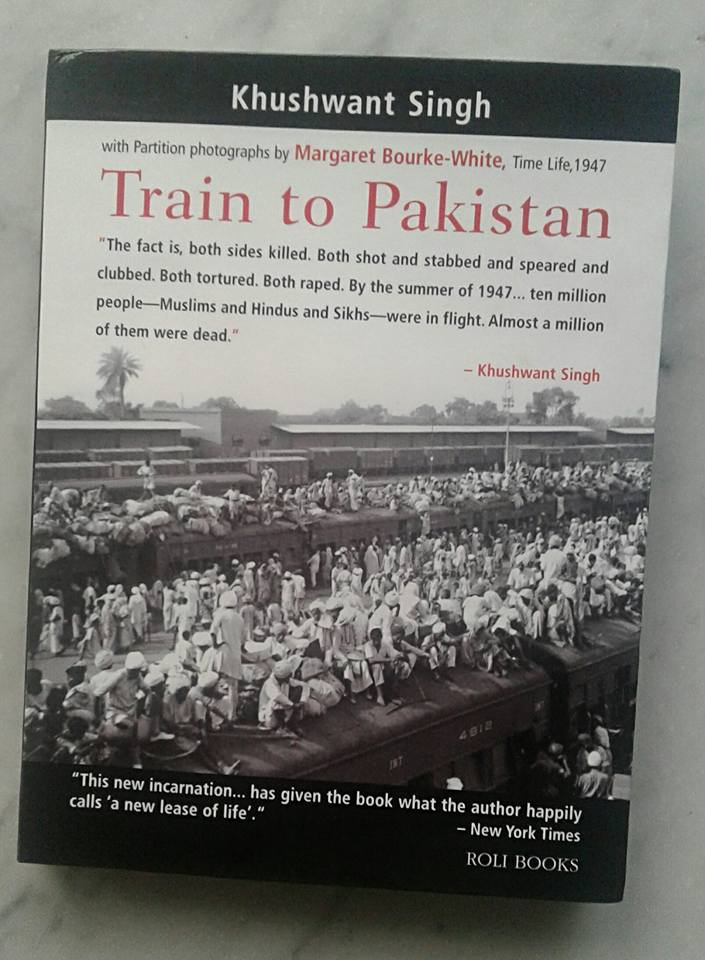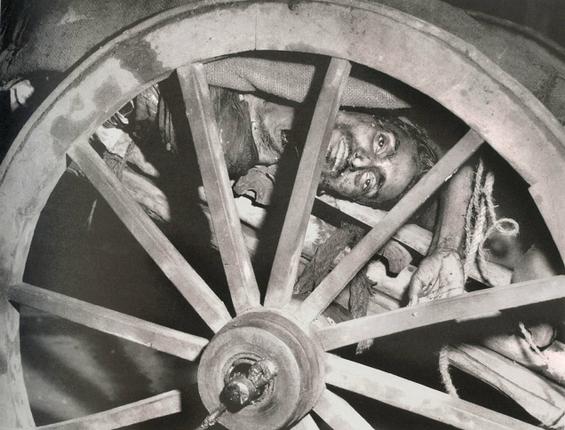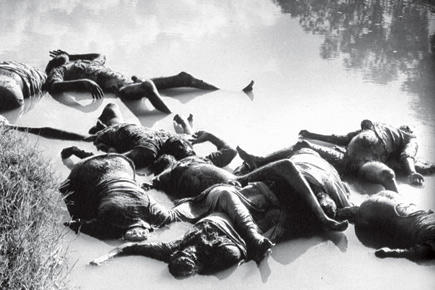Train to Pakistan by Khushwant Singh
Pictures by Margaret Bourke-White
My last read was chilling, sobering, illuminating and perspective setting. It really puts #firstworldproblems into context.
The images… oh boy, the images.
Before I write about the book, let me give you some personal context. I wanted to read the book out of general interest but also to get a better insight of what happened to my parents’ generation. My father personally experienced the partition of India and Pakistan in 1947.
What is this “Partition”?
In a nutshell (as this is not a history lesson or a political discourse but a book review with context) it was the British authorities’ decision to split the British Indian Empire into the sovereign states of the Dominion of Pakistan (which later split into Pakistan and Bangladesh) and the Union of India (later Republic of India). Broadly, the partition was to divide colonial India into a state for the Hindus (India) and a state for the Muslims (Pakistan). But that is a very broad simplification. It affected Sikhs, Bengalis and even the small dialect group of the Sindhis in different degrees.
My family are Sindhis from the Hindu stock (I have since adopted Christianity as my religion and that is another story). My dad came from a wealthy family in Karachi (now in Pakistan). As Hindu Sindhis, the family had to leave *everything* as refugees and make their way across to India.
Most of Sindh’s prosperous middle class at the time of Partition of India and Pakistan were Hindu. There were an estimated 1,400,000 Hindu Sindhis, most of them concentrated in the cities of Hyderabad, Karachi, Shikarpur, and Sukkur.
According to the 1951 census of India, nearly 776,000 Sindhi Hindus (more than half) fled to India.
Initially it seemed that the Hindu Sindhis could stay and live peacefully with their Muslim brothers. However, the Hindu Sindhis were forced to leave their homes and everything they owned behind because of communal rioting and a threat to their lives. Most anti-Hindu violence in Sindh was precipitated by the arrival of Muslim refugees from India. The local Muslims, who had lived peacefully with the Sindhis did not support the violence.
But the Hindu Sindhis had to leave or potentially face death. As a result, The Hindu Sindhis left as penniless refugees to cross barren lands into India in search of rehabitation.
It’s no wonder the Sindhis are now found successfully surviving, and in many cases, thriving, all over the world. Forced into diaspora, but unlike the Jews, the Sindhis have no real “homeland” to return to.
Context done. Back to the book.
Train to Pakistan is a historical fiction that attempts to humanise the anguish of the people who experienced the Partition. The book is set in Mano Majra, the fictional village on the border of Pakistan and India.
Although the major change was political due to Britain’s splitting of India into Hindu India and Muslim Pakistan, the author did not write this to be a political narrative. Rather, it takes a fictitious small village and paints the picture of the realities of the Partition to everyday people.
The human effects of the political change were very real. In the book, Singh shows how religious groups who had lived peacefully with one another rearranged loyalties and clashed violently (and often fatally). The author does not take sides and makes it clear that many personalities played a part in the chaos of partition and many were equally worthy of blame. He stays away, and rightly so in my view, from blaming any particular group.
The book is chillingly juxtaposed against real life photos taken during the partition by Margaret Bourke-White.
Here are some of the images (PG Guidance advised).
Dead being transported.
Vultures picking on dead bodies.
Dead in the river.
(All images from the book)
Be thankful for what we have.
Is it worth a read? Yep.





